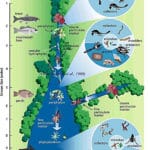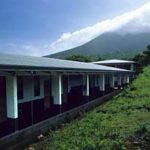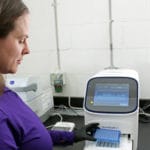Moving Freshwater Science Forward
Our efforts at Stroud™ Water Research Center require intellectual curiosity, a systematic and rigorous approach to scientific research, and the drive to answer a series of challenging questions about freshwater ecosystems. The answers to these questions may take decades to fully understand, but it is critical that we persist, as they have the power to influence others in ways that positively affect the world’s finite supply of clean fresh water.
Recent Publications
Hualong, W., F. Liu, M. Wang, Y. Bettarel, Y. Eissler, F. Chen, and J. Kan. 2024. Microbiology Spectrum, early online access.
Bier, R.L., M. Daniels, D. Oviedo-Vargas, M. Peipoch, J.R. Price, E. Omondi, A. Smith, and J. Kan. 2024. Agriculture, Ecosystems & Environment, early online access.
Variation in freshwater insect osmoregulatory traits: A comparative approach
Cochran, J.K., S.E. Orr, D.H. Funk, A.C. Figurskey, M.H. Reiskind, and D.B. Buchwalter. 2024. Ecological and Evolutionary Physiology, early online access.
Freshwater Research News
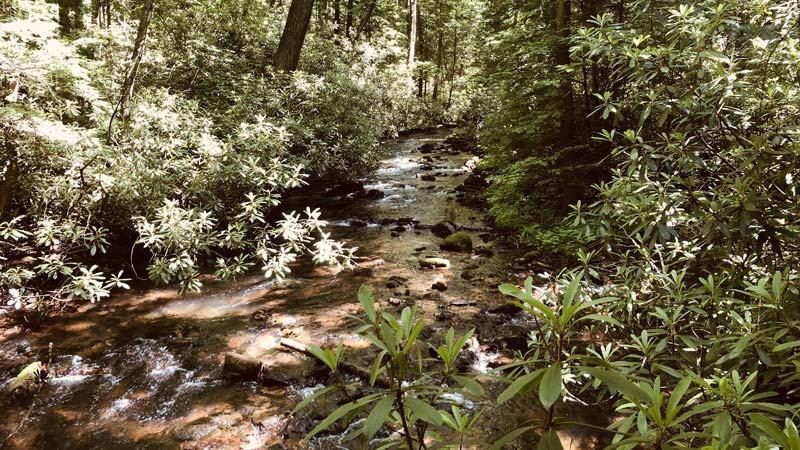
The Viscosity Effect: A Newly Found Connection Between the Riparian Zone and Water Quality
A new Stroud Center study shows that the density of water plays a previously overlooked role in nutrient and carbon cycling in freshwater ecosystems.
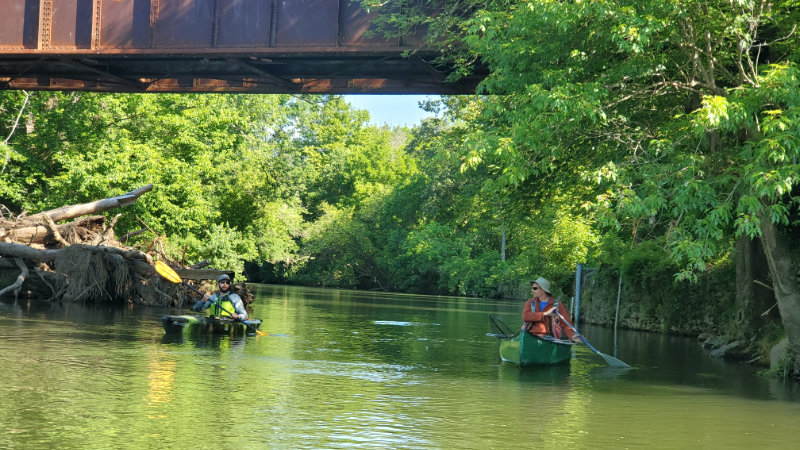
New Way to Trace Algae Origins Could ID Sources of Water Pollution
Real-time chlorophyll sensors can be used to determine the origins of algae in rivers and streams.
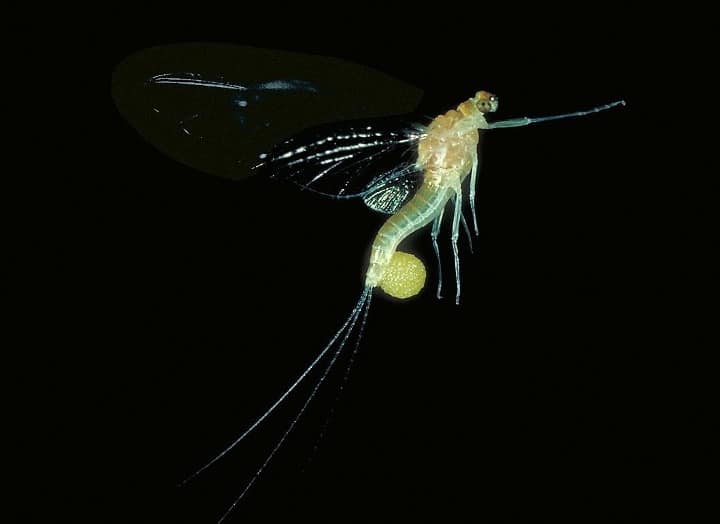
The Magic of Mayflies
Without any mouth parts, fully mature adult mayflies, called spinners, cannot eat, and so most live but a single day.
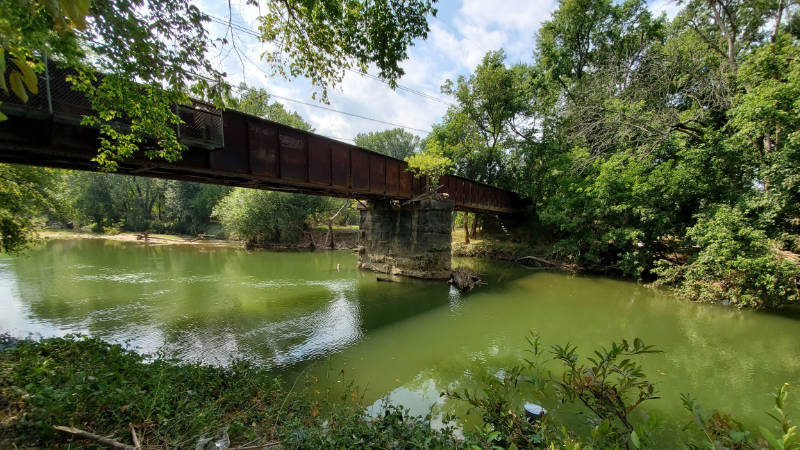
Who’s Polluting Our Water? Scientists’ New Way to Trace Algae Origins Could Tell Us
Not all algae are harmful but too much can be deadly. Why? Because when they die, the blooms feed bacteria that rob the water of oxygen.

Protecting Forests, Clean Water Amid Changing Remote-Work Landscape
To make the case for preserving open space amid the demand for new development, it’s important to measure impact. Now scientists are doing just that.
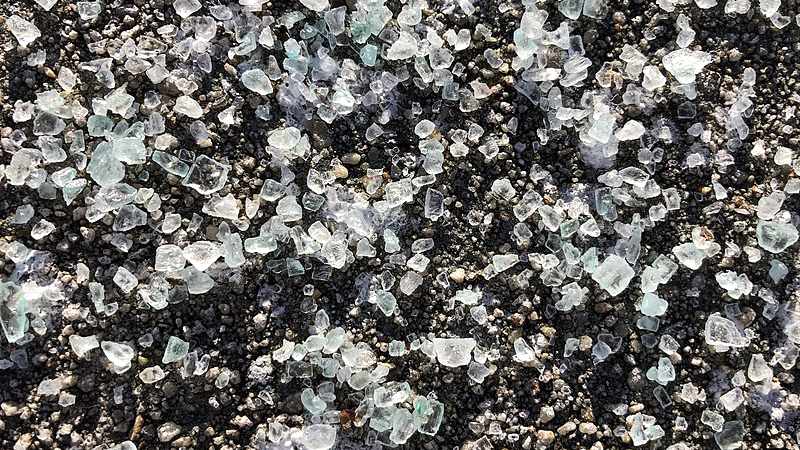
Who Can You Trust? Stroud Center Scientist Testifies on Threats of Road Salt to Fresh Water
The invitation came on the heels of the Stroud Center sharing data with the Philadelphia Inquirer underlining the gravity of the road salt crisis as it affects clean fresh water.

